Industry News
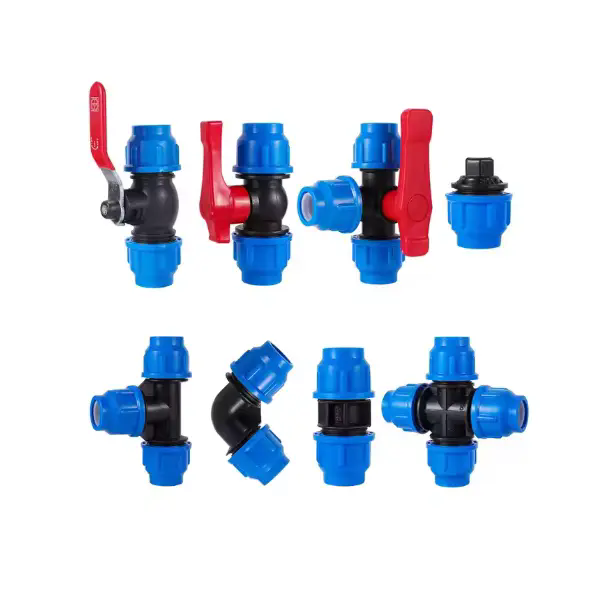 12 2025-09
12 2025-09 Why Should You Choose UPVC Pipes and HDPE Pipes for Modern Plumbing and Industrial Applications?
When considering durable piping solutions for residential, commercial, and industrial projects, UPVC (Unplasticized Polyvinyl Chloride) pipes and HDPE (High-Density Polyethylene) pipes have become the preferred choices worldwide.
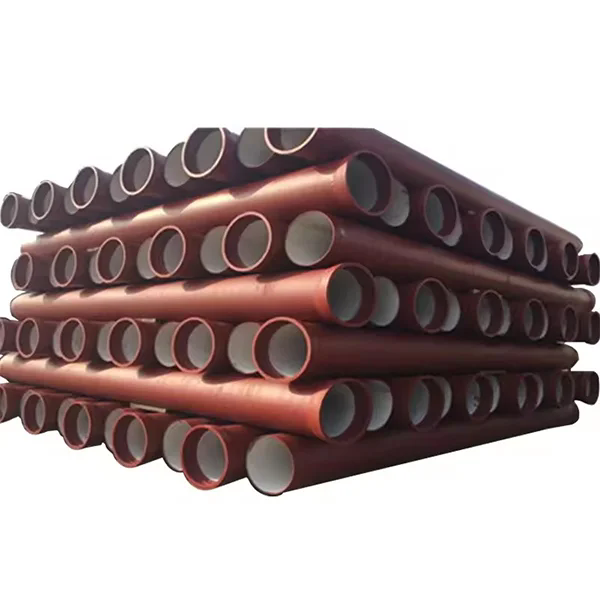 29 2025-08
29 2025-08 How Does Ductile Iron Pipe Enhance Water Distribution Systems?
Ductile iron pipe (DIP) has become the backbone of modern water distribution and wastewater management systems, thanks to its exceptional strength, durability, and cost-effectiveness. Designed to withstand high pressure and environmental stress, ductile iron pipes are widely used by municipalities, utility companies, and construction firms around the world. For decades, this material has consistently proven itself as the optimal choice for infrastructure projects requiring reliability and longevity.
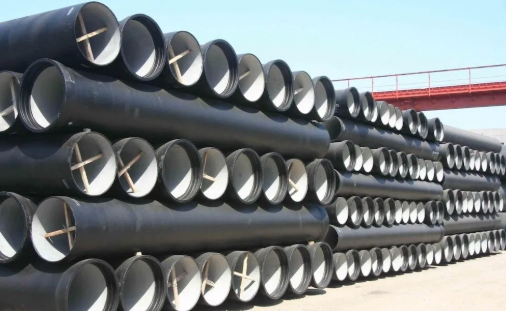 04 2025-08
04 2025-08 The applicable environment of ductile iron pipes
Ductile iron pipes are widely used in water and gas transmission due to their excellent strength, toughness, and cost-effectiveness. To withstand the corrosive nature of different conveyed media and environments, their inner walls are protected with various lining materials. Selecting the appropriate lining is crucial.
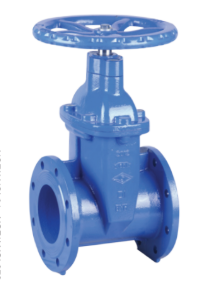 01 2025-08
01 2025-08 Why do gate valves always leak?
The core sealing of a gate valve relies on the tight fit between its wedge or parallel disc and the valve seats. In theory, when the disc is fully lowered, it should block the fluid passage. However, in practice, solid particles in the fluid (such as sediment, welding slag, or scale) can easily become trapped between the disc and the seat sealing surfaces. Even very small particles can prevent the disc from fully seating, leaving microscopic gaps on the sealing surface and causing leakage. This phenomenon is particularly common in pipelines with unclean fluids.
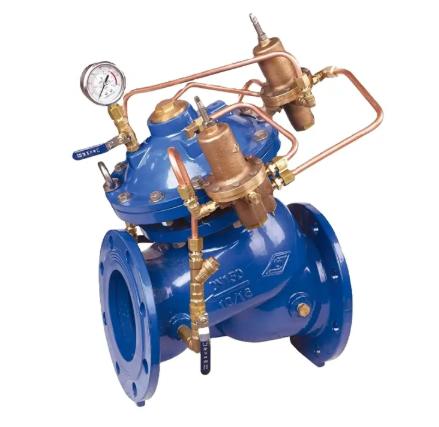 29 2025-07
29 2025-07 What is the principle of a control valve?
The core function of a control valve is to precisely regulate process parameters such as fluid flow rate, pressure, level, or temperature within a pipeline. It achieves this by altering the size of the internal flow passage cross-sectional area. Imagine a water faucet on a pipe: opening it wider increases the water flow, while closing it reduces the flow. A control valve operates similarly, but its control is far more precise and is typically operated remotely by an automated system.
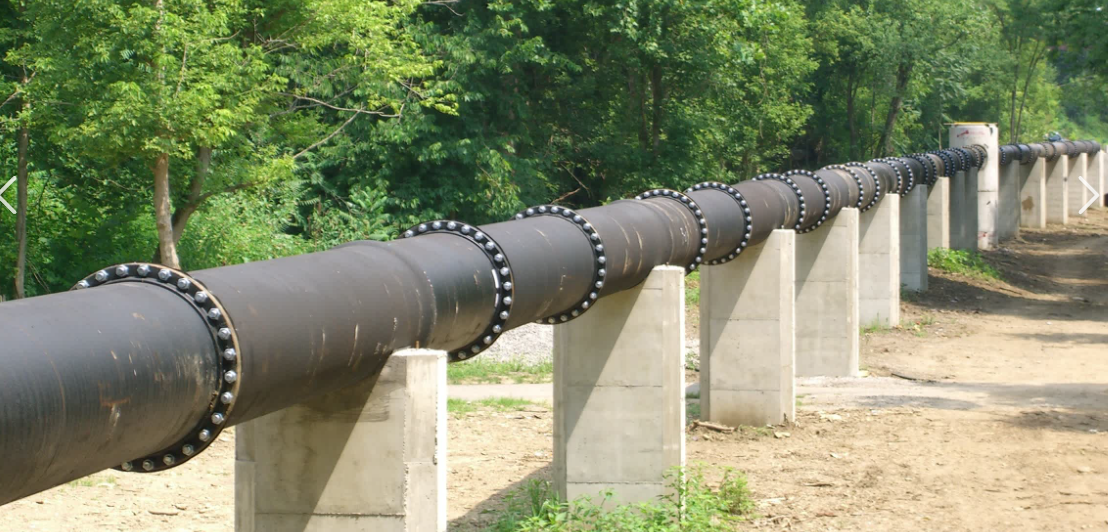 28 2025-07
28 2025-07 What is a ductile iron pipe used for?
Ductile iron pipe, with its high strength, high toughness, excellent pressure and impact resistance, good corrosion resistance (combined with standard protective coatings), reliable sealing, long service life, and outstanding seismic performance, has become an indispensable "artery" in modern urban and industrial infrastructure. It primarily serves critical areas such as water supply, drainage, fire protection, industrial fluid conveyance, and hydraulic engineering. It is a fundamental material ensuring public safety, effective water resource utilization, and the normal functioning of cities.

